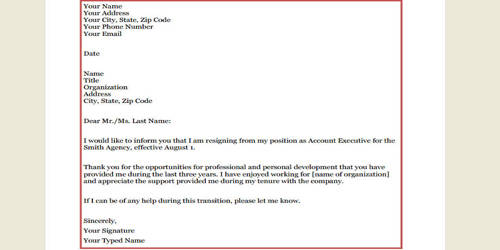Market targeting
A single marketing program for entire market is not likely to be successful. Thus companies go for segmenting their markets which enables them to make more efficient use of their marketing resources.
Target Marketing involves breaking a market into segments and then concentrating your marketing efforts on one or a few key segments consisting of the customers whose needs and desires most closely match your product or service offerings.
Evaluating market segments:
Evaluation of market segments calls for measuring the suitability of segments. To target the best market segments, the company first evaluates each segments size and growth characteristics, structural attractiveness and compatibility with company’s objectives and resources. The segments are evaluated with certain relevant criteria to determine their feasibility.
- Segment size and growth: The Company must first collect and analyze data on current segment sales, growth rate, and expected profitability for various segments. It will be interested in segments that have the right size and growth characteristics.
- Structural attractiveness: A company needs to examine major structural factors that affect long-run segment attractiveness. In order to determine the attractiveness of the segment, the company must think on conditions which reflect its attractiveness, such as size, profitability, measurability, accessibility, the potential for growth, the scale of economy, differentiability, etc. A segment is less attractive if it already contains many strong and aggressive competitors.
- Company objectives and resources: Even if a segment has right size and growth and is structurally attractive, the company must consider its own objectives and resources in relation to that segment. Similarly, the firm must consider its resource capacity. If a segment fits the company’s objectives, the company must consider whether it possesses the skills and resources it needs to succeed in that segment.
Selecting target market segments:
Having evaluated different segments the company can consider three patterns of target market segment selection:
- Undifferentiated Marketing
It is a market coverage strategy in which a firm decides to ignore market segment differences and go after the whole market with one offer. It focuses on what is common in the needs of consumers rather than on what is different. It involves designing a common product and marketing program to appeal the broadest number of buyers. It tends down the production, transportation and advertising cost. It needs mass distribution and advertising is difficult to survive.
- Differentiated marketing
It is a market coverage strategy in which a firm decides to target several market segments and design separate offers for each. There are higher sales because products are buyers’ choice. Developing a stronger position within several segments crates more total sales than undifferentiated marketing across all segments. Involves design different marketing offers and develop different marketing mix to solve them. It needs extra cost for marketing research, sales analysis, promotion and channel management.
- Concentrated marketing
A market-coverage strategy in which a firm selects one or few segments that are not focused on market leaders or challenge with a view to having a large market share on that specific segment. Firm gains a strong knowledge of the segments and achieves a strong market presence. They enjoy operating economies through specializing its production, distribution, and promotion. It involves Higher risks.
Information Source:
















